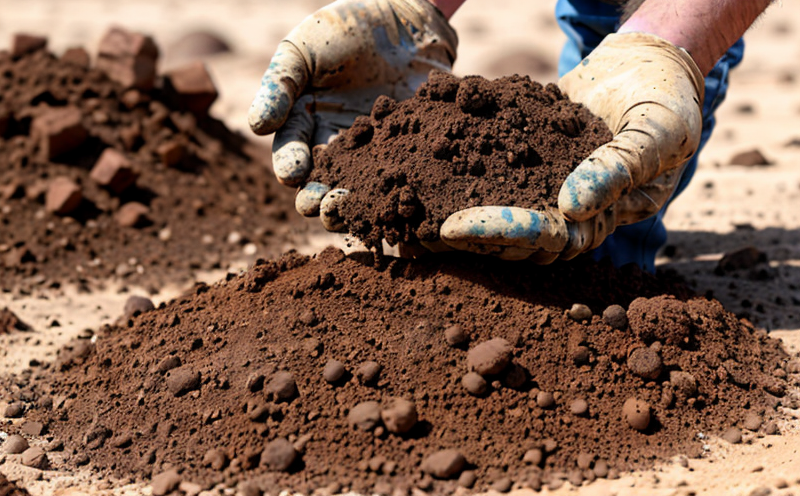ASTM D2216 Laboratory Determination of Water Content of Soils
The ASTM D2216 standard test method is a fundamental procedure in mining testing, particularly within the category of soil and overburden characterization. This method provides a robust means to determine the water content (expressed as a percentage) of soils in the laboratory setting. Understanding the moisture content of soils is critical for various operations including excavation planning, geotechnical assessments, and environmental monitoring.
The procedure outlined in ASTM D2216 ensures accurate measurement by providing detailed steps that minimize errors due to evaporation or other factors. The test involves drying a representative sample at 105°C until it reaches a constant weight, then comparing the mass of the wet sample with its dry equivalent. This straightforward yet precise method is applicable across various mining subsectors such as open-pit and underground operations.
The accuracy of ASTM D2216 lies in its ability to provide consistent results when adhered to rigorously. However, it's important for quality managers and compliance officers to ensure that the equipment used (such as ovens and balances) meet the specified requirements outlined in the standard. This includes maintaining a constant temperature within ±3°C of 105°C during drying.
In practical applications, this test is often conducted on soil samples collected from various depths and locations to assess variations in moisture content across the mining area. This data can inform decisions regarding dewatering processes, drainage systems design, and overall site management plans.
The results of ASTM D2216 play a crucial role in ensuring compliance with regulatory standards set by organizations like OSHA (Occupational Safety and Health Administration) and EPA (Environmental Protection Agency), which often require accurate soil moisture content data for environmental impact assessments. By providing reliable water content measurements, this test helps maintain safety standards while also contributing to sustainable mining practices.
It’s worth noting that the procedure described in ASTM D2216 has been used successfully across numerous projects worldwide, making it a trusted benchmark within the mining industry. Its simplicity and repeatability make it an essential tool for both routine quality control checks as well as more extensive research studies aimed at optimizing mining processes.
Applied Standards
| Standard Name | Description |
|---|---|
| ASTM D2216-18 | This standard specifies the procedure for determining the water content of soils in the laboratory. It includes detailed instructions on sample preparation, drying conditions, and calculation methods. |
Benefits
- Ensures accurate measurements of soil moisture content which is vital for various mining operations.
- Promotes consistent results across different laboratories conducting similar tests, enhancing reliability and comparability.
- Facilitates better decision-making by providing precise data on soil conditions that can influence excavation plans, drainage designs, and other critical aspects of mine site management.
Environmental and Sustainability Contributions
- The accurate determination of water content in soils allows for more efficient use of resources such as water and energy during dewatering processes, leading to reduced operational costs.
- By optimizing drainage systems based on reliable moisture data, there is a decrease in potential environmental impacts from excess runoff or erosion.





